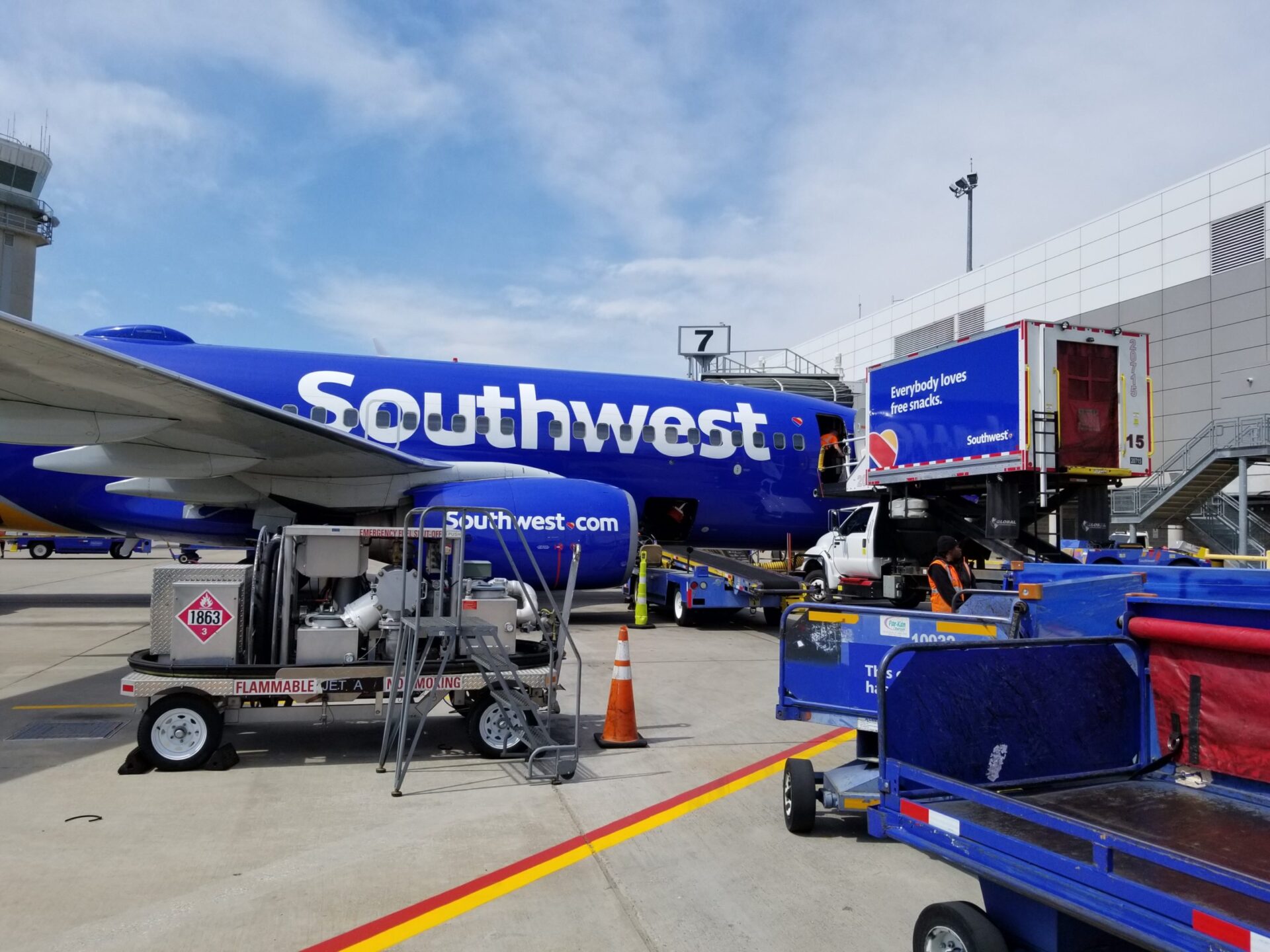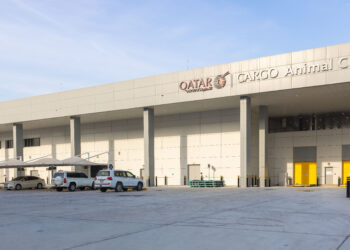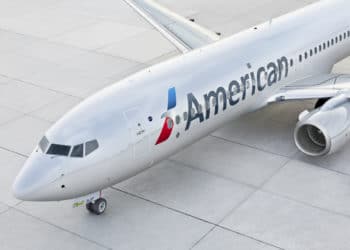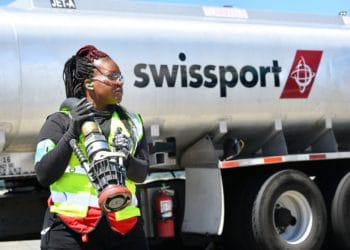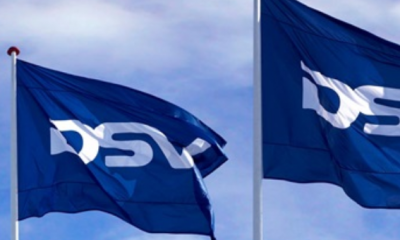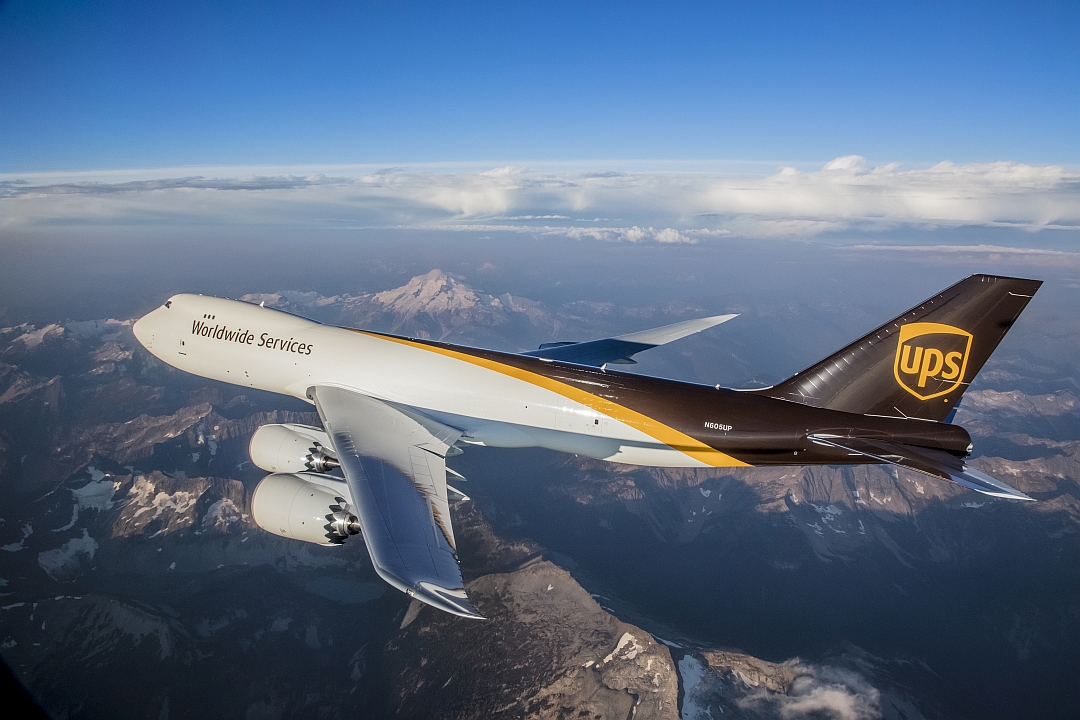No products in the cart.
FAA changes flight-hour policy for pilots in training, challenges lie ahead
Last week, the U.S. Federal Aviation Administration (FAA) made changes to the “Omnibus” final training rule, and will now allow pilots pursuing their Airline Transport Pilot (ATP) certifications to count second-in-command (SIC) hours toward the 1,500-hour in-flight requirement.
Until this point, only passenger-flying trainees were allowed to apply their SIC hours toward their ATP certs. The change in policy, under Docket No. FAA-2016-6124, makes the pursuit of the 1,500-hour requirement more easily attainable, which could aid in addressing the pilot shortage problem plaguing the industry.
The number of qualified airline pilots has dwindled in recent years, not due to a societal disinterest in the career path, but because of what can be boiled down to a lack of economic feasibility for many fledgling pilots.
Prior to the Colgan Air Flight 3407 in 2009, which sparked a congressional change of policy in FAA requirements for first officers, only a commercial license requiring 200 hours of flight time was necessary. The change made the ATP cert a requirement, causing a 650 percent jump in flight hours needed from 200 to 1,500. This made the pursuit if an airline pilot career considerably lengthier and more expensive, causing airlines to scramble to find qualified candidates.
Air Cargo World talked to Tim Komberec, CEO of Empire Airlines and chair at Regional Air Cargo Carriers Association (RACCA), a longtime advocate for the change, about the implications of the policy modification and its potential to incentivize entry into pilot careers.
Komberec said the change will provide those that are entering the profession an additional way to get to 1500 hours, but said it “will not remedy the pilot shortage simply because we do not have enough young people entering the profession.”
In regard to other FAA regulations surrounding the issue, Komberec said, “I would suggest that an additional change that would have significant impact with no degradation of safety would to allow all cargo carriers operating aircraft under 18,000 pounds payload to be exempt from the right seat ATP rule.” The law was created specifically for passenger airlines where public safety is at risk which is not the case for all cargo carriers.
Even industry giants like FedEx and most recently, Emirates Airlines are not immune to the shortage, and have taken matters into their own hands. In April, FedEx announced its “Purple Runway” recruitment and training program in conjunction Empire Airlines which FedEx CEO Fred Smith would “ensure a full pipeline of pilots for us and the industry at large.”
The announcement of the Purple Runway program generated hope for the aviation community. At the time, Komberec said that the program intends to “provide the missing pathway,” between the 250-hour and the 1,500-hour mark. Now, the program is moving forward with plans to recruit pilots. “We would like to hire pilots into the right seat of the Caravan and starting in 2020 the new Cessna 408. This provides the core of the Purple Runway program,” Komberec said. “We are excited by the potential but we view it as one small piece of fixing a crisis in our transportation system.”

